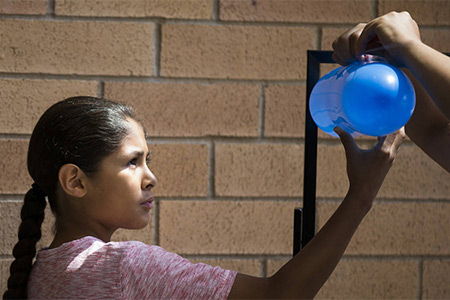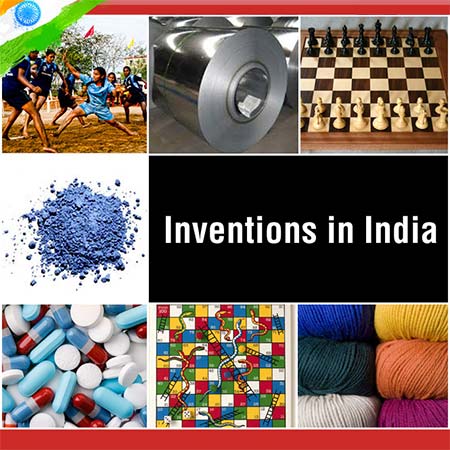A classroom where every child, from age 8 thru 14 years, has the opportunity to transform the 21st Century.
Our society has changed over the past several decades. We have moved from an industrial-based economy to an information-based economy. Yet, our education system has not changed to meet the demands of this new economy; the format and curriculum remain very much the same as when it was created during the Industrial Revolution.
In the 21st century, scientific and technological innovations have become increasingly important as we face the benefits and challenges of both globalization and a knowledge-based economy. To succeed in this new information-based and highly technological society, students need to develop their capabilities in STEM to levels much beyond what was considered acceptable in the past.
STEM leads to lucrative careers
STEM leads to futuristic pursuits
But with the recent rapid changes in technology, the ever-increasing need for a change in how we educate our children has become more apparent and the education reform movement has become stronger and more vocal. “21st Century Education,” the education reform movement dominating today’s headlines, is focused on going beyond the “three Rs” of traditional education towards a more skill-based curriculum.
We just need to remind kids that this kind of learning can be fun. Introduce children to it in the earlier grades and continue these programs through high school.

Google the phrase “21st Century Education” and you’ll find partnerships, organization, foundations, blogs and articles all advocating a reinvention of curriculum and teaching methods at both public and private schools. STEM is that way for 21st century.
STEM is all about creativity and innovation; collaboration; critical thinking and problem-solving; and character where students are given the freedom to follow their interests, to go deep into a topic that piques their curiosity, and learn with passion along with their peers.
STEM education is based on the idea that children want to learn, it’s their natural instinct. Children receive an intrinsic reward from learning which manifests in their creative pursuits later in life. A STEM based classroom is a place of joyful learning like no other. A classroom where every child, from age 8 thru 14 years, has the opportunity to transform the 21st Century.
STEM education creates critical thinkers, increases science literacy, and enables the next generation of innovators. Innovation leads to new products and processes that sustain our economy. This innovation and science literacy depends on a solid knowledge base in the STEM areas.

By reaching outside their a classroom, teachers and lecturers collaborate across subjects, enhance and enrich the school curriculum, make links with the world of work, and use varied contexts to help young people relate school STEM subjects with their real-world experience. Thus STEM learning is vital to our future—the future of our country, the future of our region and the future of our children. Besides, STEM is everywhere; it shapes our everyday experiences.
